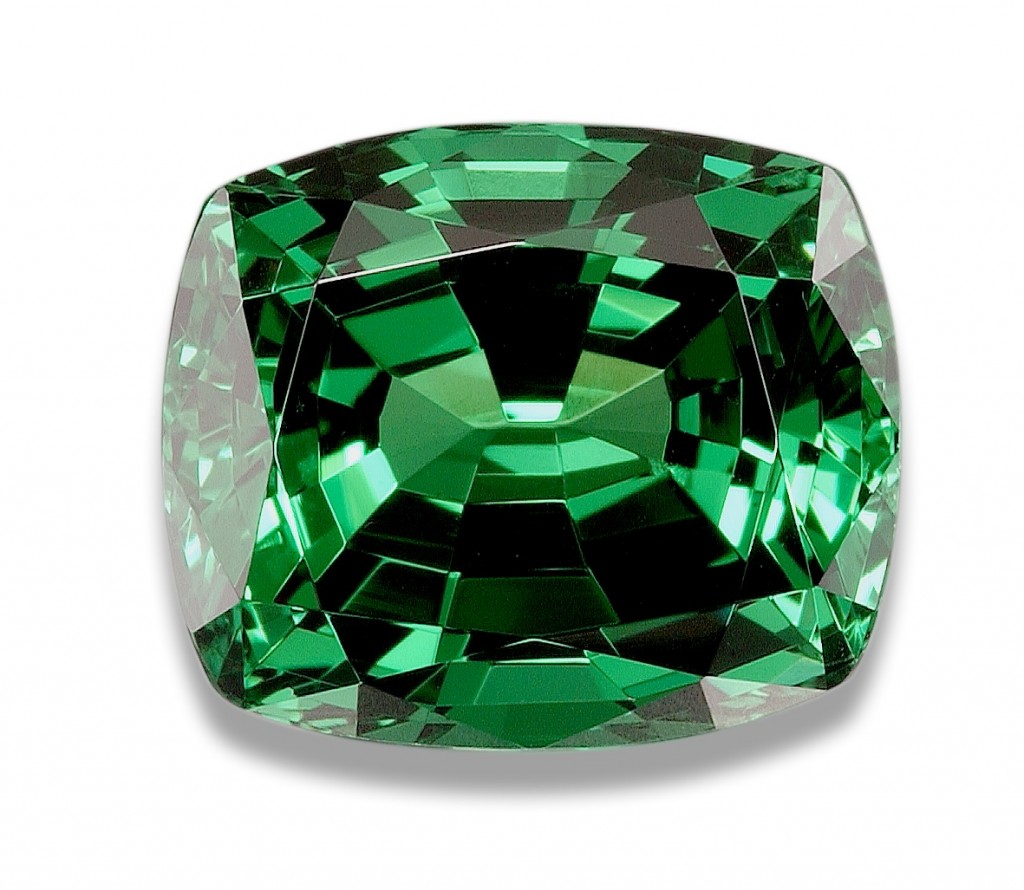 Looking for Garnet Jewelery? Click here, if not read on to learn more about the gemstone….
Looking for Garnet Jewelery? Click here, if not read on to learn more about the gemstone….
Garnets are in fact identified as a group of gemstones that share the same crystal structure but differ in chemical makeup. Whilst commonly available in most colors except for Blue, the origin of its name is said to be from the Middle Age English word for dark red, gernet, with further association to Latin where the reference is to the pomegranate fruit (pomum granatum) whose rich red color closely replicates that of the Garnet.
What are main types of Garnet gemstones?
There are six main types of Garnet; Pyrope, Almandine, Spessartine, Grossular, Uvarovite and Andradite, the former three making up one series, the latter three a second. However, recent discoveries in Africa have yielded Garnets whose chemical compositions fall amongst the historical classifications.
What is the rarest color of Garnet stone?
The rarest is a blue which has only recently been discovered, first of all in Madagascar but subsequently in Turkey, Russia and the USA. Its color can change from blue in daylight through to a vivid purple in incandescent light, a result of vanadium content. Others include the Tsavorite and Demantoid Garnets which tend to be amongst the more valuable stones. To the untrained eye, there are also other garnets which change color that are mistaken for Alexandrite, a form of chrysoberyl.
What type of stone is Garnet?
Formula X3Y2(Si O4)3
Symmetry Deltoidal icons tetrahedron
Crystal cubic or strongly pseudocubic
Specific gravity 3.1 – 4.3
Optical properties Refractive
Mohs scale hardness 6.5 – 7.5
Garnets usually come in a translucent form. Opaque versions are used in industry as an abrasive. These are the harder garnets such as almandine which reach 7.5 on the Mohs scale.
What Color are Garnet gemstones?
Almandine, historically the more common form of Garnet, has been known in Asia Minor for centuries and gets its properties because of the presence of iron and aluminum. It is deep red in color and often is referred to by other names such as Oriental Garnet or Almandine Ruby.
Pyrope is a similar red and contains aluminum and magnesium; its color is strong and sometimes borders on black.
Spessartine in contrast, although including magnesium and aluminum comes in a color range from violet red to orange-yellow in the case of deposits in Madagascar.
The second series includes Andradite which contains iron and calcium with coloring from yellow through to black, one version is nicknamed the “emerald of the Urals.” Demantoid Garnets, probably the most expensive within the Garnet group is of the Andradite classification.
Grossular is most commonly found in Siberia, predominantly green in color, its name coming from the Latin for gooseberry (grossularia) but there are shades of red, yellow and brown. It usually but not always has aluminum content. Tsavorite Garnets, named after the Tsavo Region of Kenya, is a green garnet that is a member of the Grossular family. Whilst not as expensive as the Demantoid Garnets, Tsavorite Garnets are often compared to Emeralds
The third member of the series, Uvarovite is rare, and is usually not transparent, hence only of limited use in jewelry.
There are lesser known types of Garnet; it is a gemstone with a vast range of color but it was the red Garnet that was most popular for jewelry over the centuries. It is the birthstone of January, the state mineral of Connecticut and New York’s gemstone and the state gemstone of Idaho.
There are synthetic Garnets whose use is generally industrial particularly for lasers but it is the variety of naturally occurring garnet that is the real ‘gem’. Red is certainly a popular color in many gemstones and the red garnet is no exception. That dash of color needed to complete that new outfit (or a gift for someone special) can be a Garnet – though these reds should be differentiated from Rubies..
